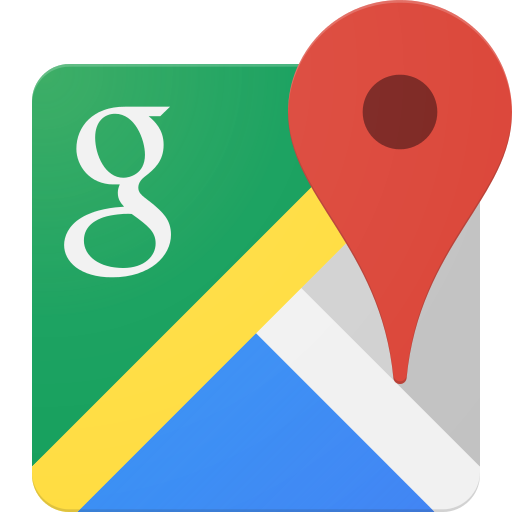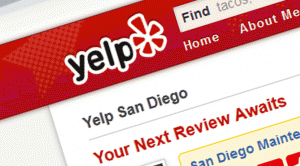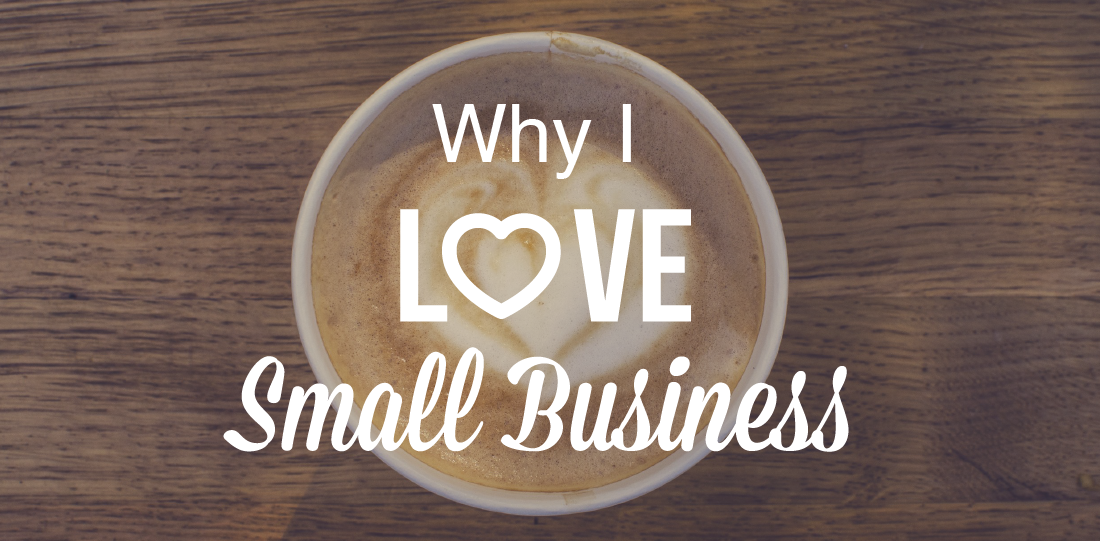From restaurants and boutiques to dentist offices and print shops, local businesses exist in every town across America. After all, where there are people, there’s a demand for goods and services. And even in today’s Internet age, people need brick-and-mortar establishments to meet their demands. But just because people need physical businesses doesn’t mean they’re not using the Internet to find them. What’s that mean for you as a local business? You need to give your online presence some TLC (i.e., website optimization) to ensure people can do more than find you online; they can discover you.
People still need physical businesses, but they’re using the Internet to find them. #localbusiness Click To TweetWhat’s the Difference Between “Find” and “Discover”?
“Find” implies that there’s a known entity. Consumers already know who you are; they’re familiar with your business and what you do. They’re most likely current or past customers. Thus, when they search for you online, they’re searching your business name or a direct keyword (.e.g., business name + city).
Alternatively, with “discover,” consumers don’t yet know your business directly. They aren’t searching your business name, because they don’t know you. Instead, they have a need for something, but they don’t know how or where to fulfill that need. Or, they may have a specific problem, and they’re searching the web for an answer. Your business solves a problem or fulfills a need, so you’ve got to help people discover your business.
Both concepts are essential to small business marketing and sales, and while they work in tandem, they require slightly different tactics. However, before you can make your business discoverable, you’ve got to make it findable. I’ll tackle both in this post, but before I do, I’m making two key assumptions:
- Your business has a responsive website, which means the site adjusts to all devices and screen sizes, including mobile. If it does not, stop what you’re doing and make/get one. It’ll make your business the apple of Google’s eye, which will help drive website traffic and give you a leg up on the competition.
- You are, in fact, a local business. That means you have:
- A staffed, physical address (no PO Box or virtual office)
- A local area code phone number
- In-person interactions with your customers (i.e., they either come to you for goods and services, like a restaurant, or you go to them, like a plumber)
How Do I Make My Business Findable Online?
Nail Down Your NAP
NAP is your Name, Address, and Phone number. It’s your business’s digital footprint. In fact, Google’s recognition on any business hinges on this information. But the search engine (and real-life Skynet) demands this information be 100% accurate, and it perceives accuracy through consistency. This means that your NAP must be precisely the same everywhere online. If there’s an apostrophe in your business name, it better always be there. Have multiple phone numbers? Pick one, and always use it. If you write your address with “Street” instead of “St.,” you must always use “Street.”
Where should you list your NAP?
- Your website. Make sure it’s in the actual HTML and not in an image, and ensure it’s in the footer of every page.
- While we’re talking about your footer, also make sure the following information is there: hours of operation and, if applicable, business license number and service areas.
- Social networks like Facebook and Twitter
- Local directories like Google+, Yelp, and Foursquare
Get Google My Business
 Once upon a time, Google was a hot mess when it came to local listings. There was Google Local, Google Places, and Google+ Local. Google has since cleaned up the process, and now local businesses have one place to concentrate their efforts: Google My Business. It essentially tells the world you’re open for business. If you aren’t listed there yet, make it your top priority. If you are listed, make sure your profile is as accurate and complete as possible.
Once upon a time, Google was a hot mess when it came to local listings. There was Google Local, Google Places, and Google+ Local. Google has since cleaned up the process, and now local businesses have one place to concentrate their efforts: Google My Business. It essentially tells the world you’re open for business. If you aren’t listed there yet, make it your top priority. If you are listed, make sure your profile is as accurate and complete as possible.
Create Social Profiles
Google My Business will take care of Google+, but you want to make sure you have other social profiles as well. As I said above, you need to list your NAP everywhere you possibly can to show Google you’re a legitimate business. In addition to claiming all your social profiles to display your NAP, it’s smart from a brand perspective to claim your business on all social media sites. You might not build out that presence, but it’s better to have the profile claimed than leave it open for anyone else to take.
- Create a Facebook, Twitter, Instagram, LinkedIn, Pinterest, etc.
- Make sure your NAP is consistent.
- Add appropriate branding like your logo.
- Complete the About or Information sections, making sure to use appropriate keywords (see more on that below). Also, on Facebook specifically, complete the Category field.
From there, you can determine which platforms will help your marketing efforts and benefit your business, and build them out.
How Do I Make My Business Discoverable Online?
Get Reviews
 Thanks to recent Google algorithm updates, reviews carry more clout than ever before. “In fact, Yelp’s importance has increased so much that, in some cases, Yelp profiles are actually ranking higher than the official pages of the companies they represent,” reports Entrepreneur.com. This represents a huge opportunity for small businesses. According to Expertise.com, “as many as 90% of customers check online reviews before making a purchase.” To truly optimize your web presence—and thus, make your business discoverable—you’ve got to focus on obtaining real, top-notch reviews. Do not, and I repeat, do not post fake reviews. Google can spot those a mile away, and it’ll punish you for them.
Thanks to recent Google algorithm updates, reviews carry more clout than ever before. “In fact, Yelp’s importance has increased so much that, in some cases, Yelp profiles are actually ranking higher than the official pages of the companies they represent,” reports Entrepreneur.com. This represents a huge opportunity for small businesses. According to Expertise.com, “as many as 90% of customers check online reviews before making a purchase.” To truly optimize your web presence—and thus, make your business discoverable—you’ve got to focus on obtaining real, top-notch reviews. Do not, and I repeat, do not post fake reviews. Google can spot those a mile away, and it’ll punish you for them.
And then there’s Yelp, which claims soliciting reviews from customers creates unfair biases. Therefore, Yelp discourages asking customers for reviews. But that doesn’t mean you can’t display a Yelp sticker on your door and add a Yelp icon to your site that links to your Yelp listing. Alternatively, Google encourages businesses to ask customers for reviews.
Moral of the story: Research the terms and conditions for all the review sites you’re focusing on and adjust your efforts accordingly.
Need help obtaining reviews? I recommend these resources:
- Local Businesses: How to Get Good Online Reviews that Build Business
- 7 Creative Ways to Get Customer Testimonials
- How to Solicit Customer Reviews Without Pissing People Off
- 5 Clever Ways to Get Customer Reviews that Convert
Improve Site Visibility
To help your page rank higher on search engine results, you need to tackle the following:
1. Make what you do obvious.
Ensure it’s crystal clear when a user lands on your site that he or she knows what your business is and what it does.
2. Incorporate keywords.
Keywords are words or phrases that people type into a search engine to find what they’re looking for. So, if you’re a pilates studio in Phoenix, you’ll want to ensure your website includes keyword phrases like “Phoenix pilates” and “pilates studio in Phoenix.” Those aren’t the only keywords this business would want to use, though, and the same goes for your business, too. Check out these guides from HubSpot and WordStream for deeper advice on keyword optimization.
Once you get a hold of this whole keyword thing, try going after long-tail keywords, too. As Entrepreneur explains, “Ranking highly for long-tail keywords is much easier than ranking high for shorter keywords, so even though they bring in less traffic, they’re still more valuable for small businesses to go after.”
3. Adjust title tags and meta descriptions.
This involves digging into your site’s HTML. Check out this example from Expertise.com:
As Expertise explains, “The blue text in a search result is your page’s title tag…[It] should include your company’s name, information about the specific page, and your city and state.” The black text is the page description, and it’s a brief explanation of your business. While title tags are an important element for SEO, meta descriptions aren’t as influential. That being said, they can make all the difference in whether someone clicks on your website or someone else’s. Thus, make sure your meta description:
- is well-written, natural sounding, and accurate, and
- includes a keyword and your city and state.
4. Add live chat software to your website.
According to HubSpot, 55% of page visitors spend fewer than 15 seconds on a website. You don’t want your site to be part of that group, because dwell time is a critical component of SEO. The longer people interact with your website, the more authoritative and trustworthy you appear to Google, which can help your page rank. Best practice is to add lots of high quality, relevant content to your site, which I’ll discuss below. But a lesser-known, yet brilliant tactic is adding live chat to your website, which engages users, thus keeping them on your site longer and—quite possibly—converting them into customers.
Create Localized Content
High-quality, relevant content is everything. It’ll boost your SEO ranking like nothing else. It’s important to understand, though, that content isn’t simply your website’s blog, although that’s a huge help. There are other areas of your site that need content, too:
High-quality, relevant #content is everything. It’ll boost your SEO ranking like nothing else. #smallbiz Click To Tweet- Your About page
- Your products and services or features and benefits page
- Your media/PR page (this is where you’d share any media placements, such as features in the local paper or online business journal.)
On all of these pages, you can incorporate your local keywords and further emphasize your business’s relevancy to your city and neighborhood(s).
Once these pages are good to go, turn your attention to your site’s blog. Dedicate yourself to publishing content at least once per week. And remember, these posts don’t need to be grandiose; they just need to be relevant to your audience. One simple topic: event coverage. Did your business do something—anything—in your community lately? Perhaps your business had a table at a local festival. Publish a blog post announcing your attendance, what you plan to do there, and whether you’ll be providing attendees any special offers. Then, following the event, write a recap of it and include pictures if possible. Event coverage creates hyper-local content, which is one more way to show Google your relevancy.
Make all your content shareable.
Once you have blog content on your website, make it shareable. Add social share buttons to every blog post, and whenever you publish new content, share it on all your social media platforms. As Constant Contact explains, “Quality content equals more shares equals more links equals better SEO value.”
Every day, people scour the Internet for a local business to help fulfill their needs—whether that need is killer happy hour deals or affordable vintage clothing. Whatever your business, make sure that it’s top of mind—and top of search results—with these website optimization best practices.








This Article has been helpful to me. I have Purechat in http://www.alabatrade.com and alutacash.com . Its has been helpful to me.